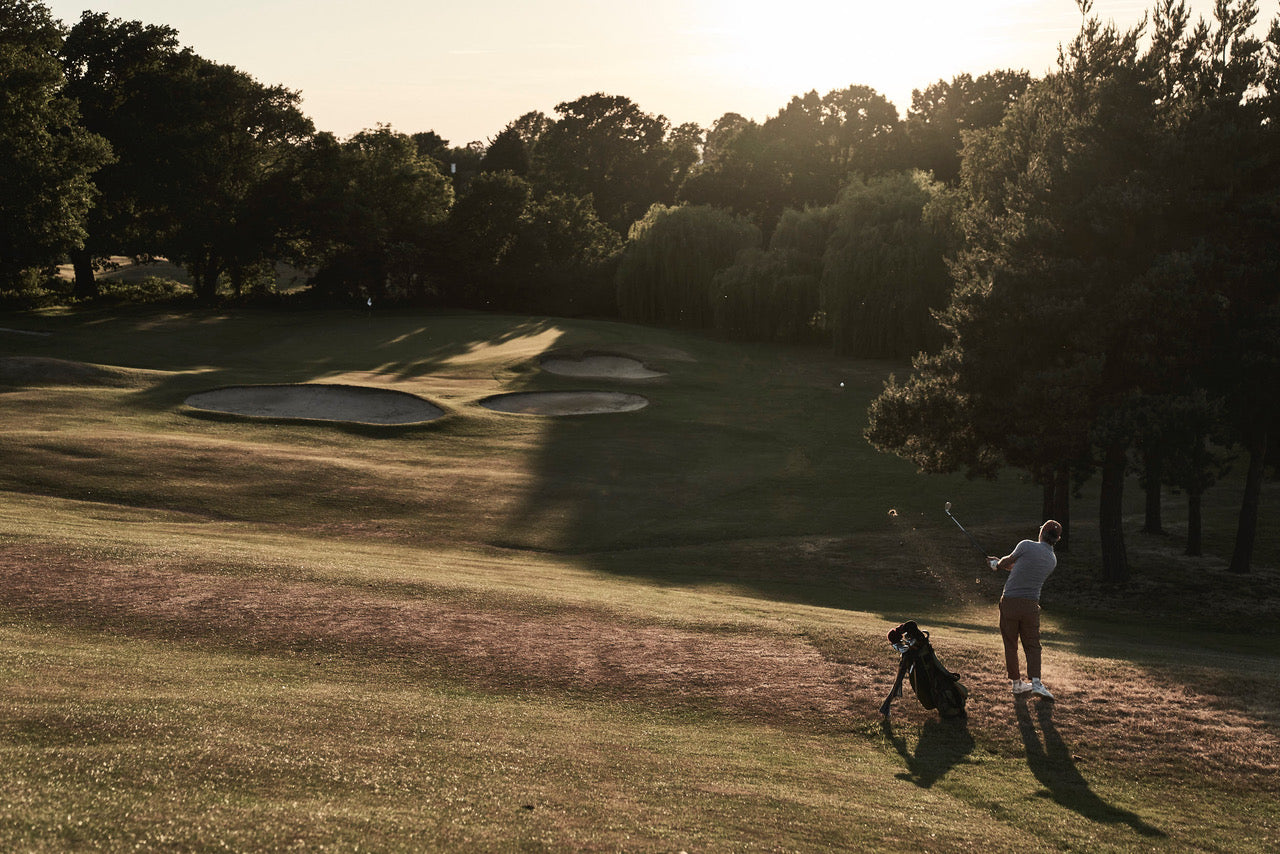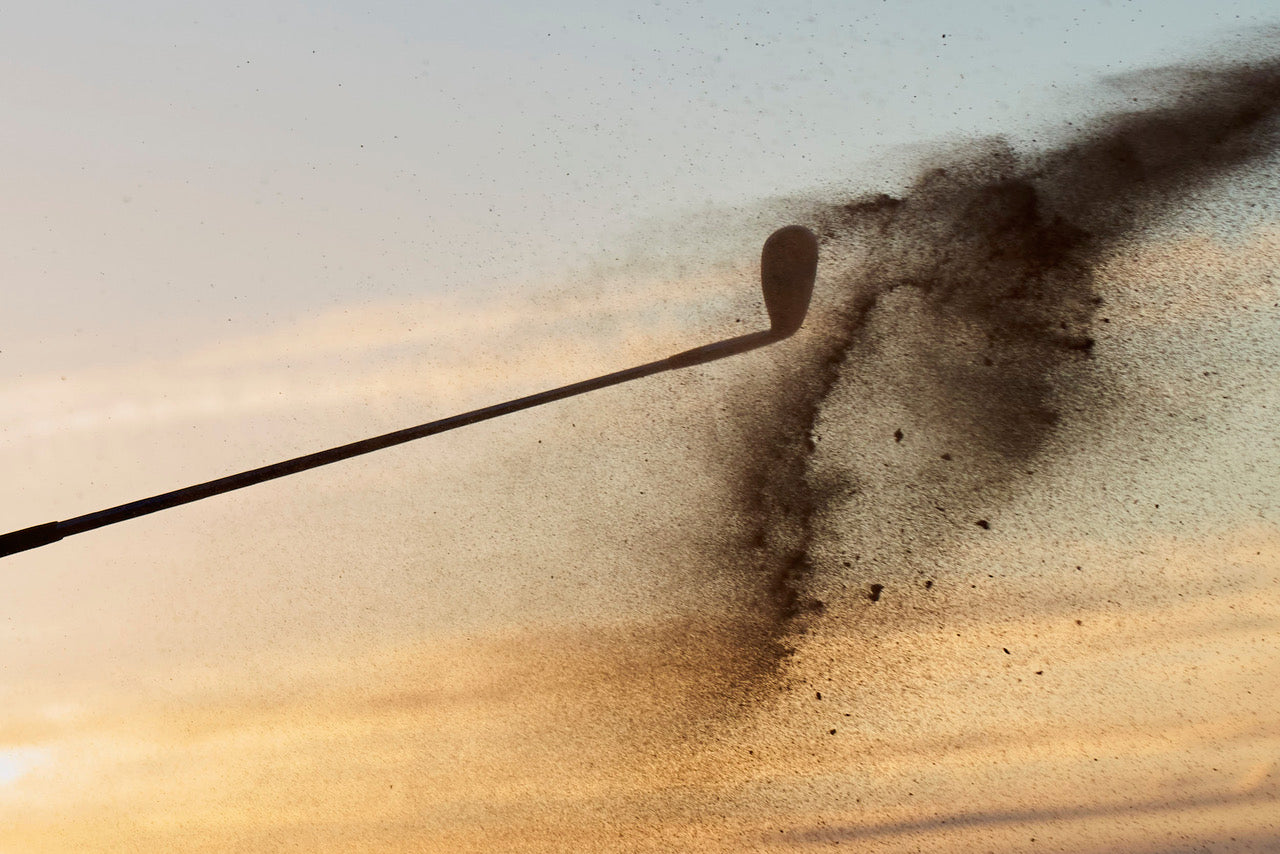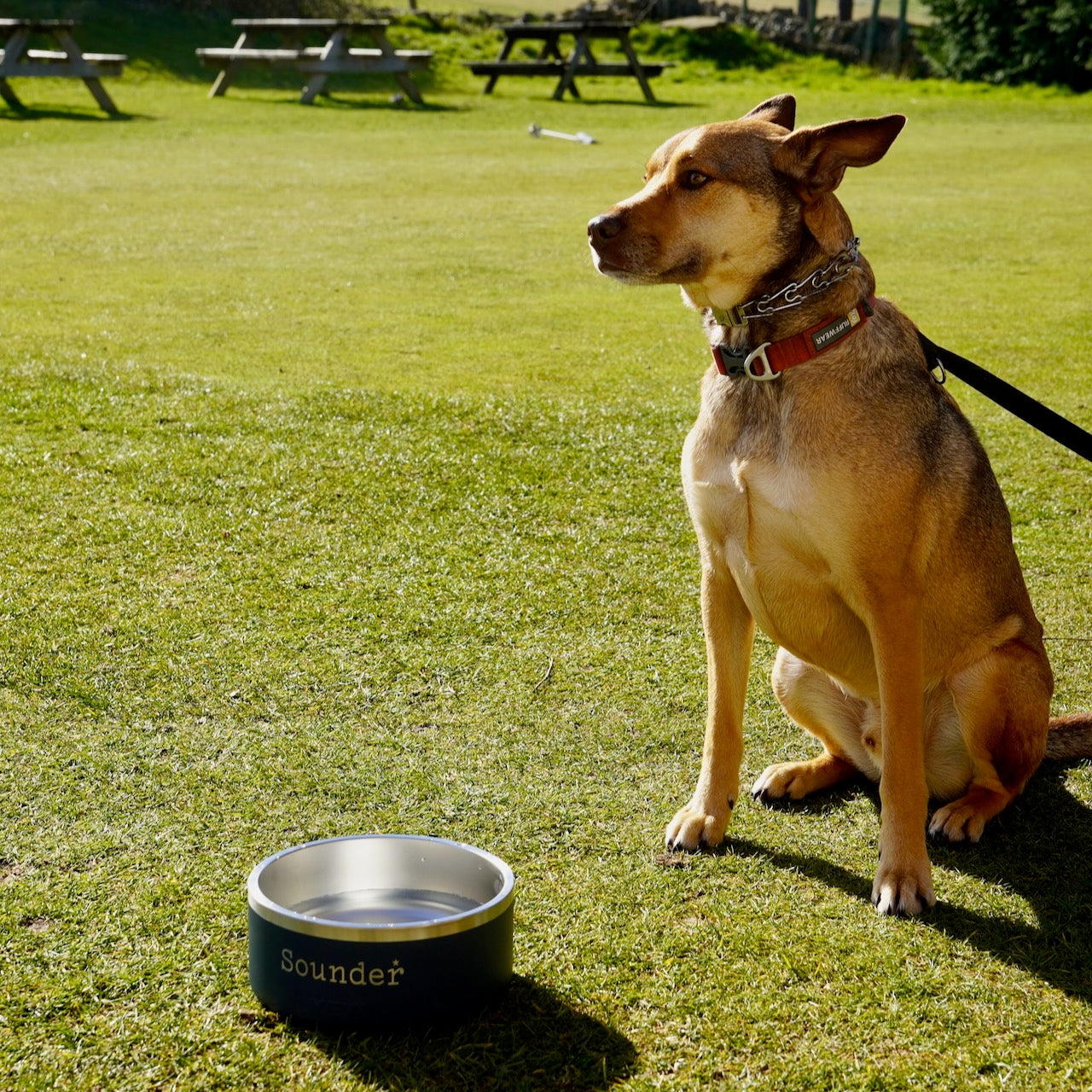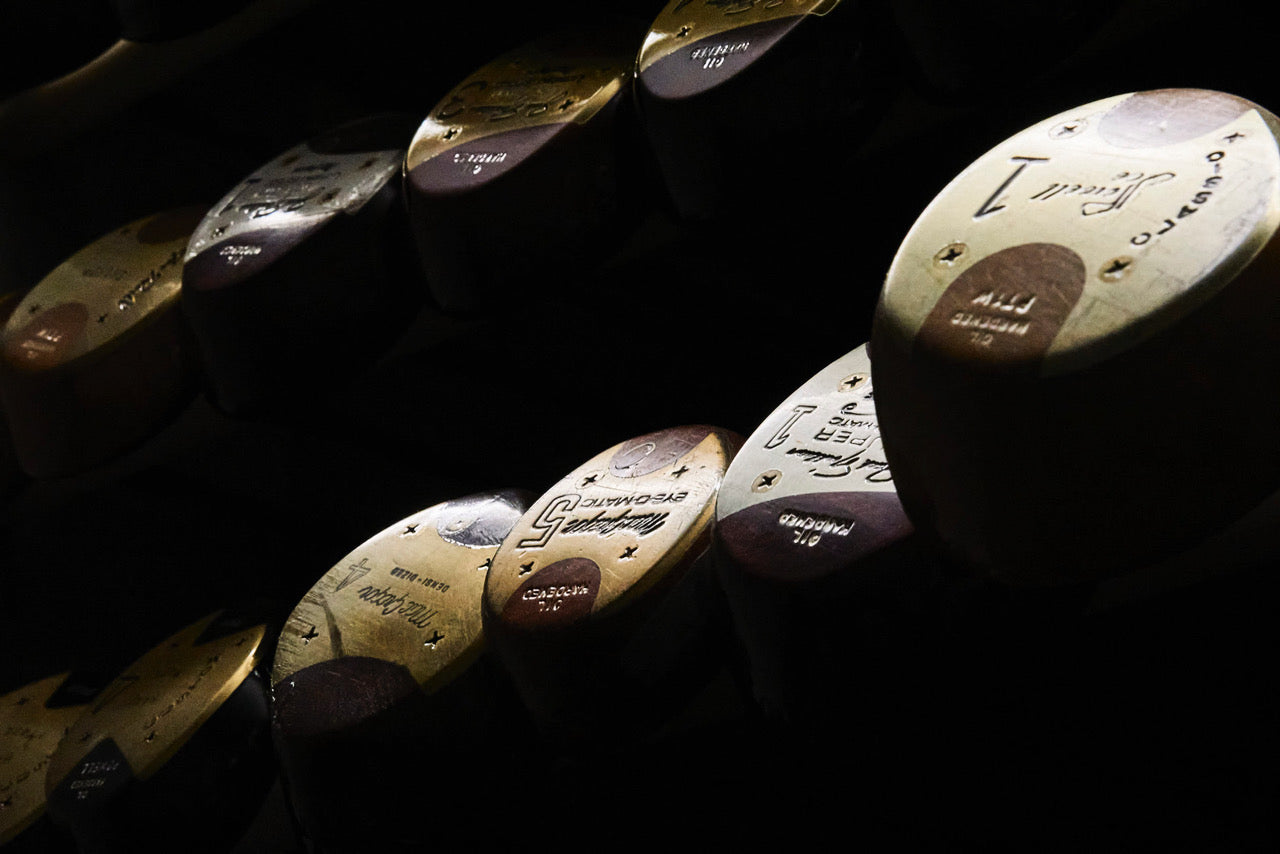In the early 1990s, a lot of leading pros still used persimmon. Davis Love III used a Cleveland Classic (TC15) to be one of the longest drivers on tour. Fred Couples was equally prodigious with his old MacGregor (M85). The truth is, early metal woods weren’t any better; it was not until 1994, when Jose Maria Olazabal won the Masters, that a metal wood was used to win a major
The Callaway Big Bertha, which was launched in 1991, had already changed the landscape. No hosel meant reduced weight which led to a bigger head. This in turn made the Big Bertha more forgiving and easier to flight than most of the early metal woods. When tour pros started getting paid for the woods they played, the ‘wood contract’ came into effect. Before long, all the pros were playing metal, and recreational golfers duly bought into the marketing plan.
For whatever reason, I stuck with persimmon for a good few years after Olazabal first put his arms through the sleeves of a green jacket. Maybe I thought it was cool, but a more accurate explanation might be I was small, which made it really difficult for me to flight the metal woods. I can remember wanting the TaylorMade Burner with the Flex Twist shaft (the first graphite with a cool paint job) but I absolutely could not hit one. The titanium era brought huge heads, which were super easy to flight. I can still remember the first time I hit a Great Big Bertha and not being able to believe how high it went.
I’ve always been an equipment junkie. I've specialised in custom equipment and coaching, becoming ever more fascinated by the link between the golfer and the clubs in his or her hands. This fascination is no longer a simply commercial endeavour, it’s become my great indulgence, and one I enjoy sharing with friends.
In the course of building so many clubs, though, I’ve come to question whether playing what the pros play and chasing marginal performance gains are actually helping anyone to enjoy the game more, let alone get any better. If I had a driver which looked ugly, felt awful but went 300 yards straight every time would I use it? Honestly, the answer is no.
Then I started messing around with persimmon again. I went back into the depths of my club collection, and soon after was devoting hours to scouring eBay for classics. No two persimmon heads are exactly the same. It's like a great vintage watch: when you find one you like you hope and pray it never breaks.
In a few months I sourced and purchased a few I really liked. I started testing them on the simulator at Urban Golf, and eventually started taking them out to play. So here’s the thing: a well-struck shot with a persimmon will only finish around 20 yards behind the modern clubs. I produce about 10mph less ball speed with a wooden driver, although that gap closes by around half if I put a modern shaft in at a longer length.
The real difference is what persimmon makes you do. All of a sudden, you have to hit the middle of the face. The punishment for miss-hits is far greater, both in terms of accuracy and distance, while the buzz experienced from ripping one is just, well, better. There are no flukes. There are no high on the face shots or the ones out of the toe that go miles, like there are with the modern, large-headed metal drivers. There’s something I really like about that.
The return to tradition in golf can be observed on Instagram, in podcasts and in the work of the today's leading course architects. It has parallels in many other areas of life. Surfers can now be found riding retro boards because they are more fun, not because they are faster or make it easier to catch waves. Car enthusiasts are returning to classics from a time before traction control, semi-automatics and endless horse power. Enjoying the drive rather than getting to the destination in record time is what's important. The same thing can be seen in music with the renaissance of vinyl.
But there are limits. I wouldn't use balata balls for the simple reason that they're terrible. I have a whole collection of them, brand new in their boxes, but I never play them. You only have to bounce one on the face of a sand wedge to see how much it moves around. I use a modern ball but a much softer version than the ones the pros play, which are way too hard for me. They might go a couple of yards further but I’m not going to sacrifice the pleasure of hitting shots for that. we trade our instincts in for technology, we end up worse off.
I don't use persimmon woods in every round I play. But when I do, what I learn from the experiences has improved my game. It has made me more engaged in the strategy of the holes. It's made me think more about where I’m trying to hit my drives. It's made me realise there is no value in going flat out for a few extra yards. The net result is I’m more absorbed in the architecture of the course, and in my surroundings.
The Old Course is a perfect case in point. I’d be doing myself, and the course, a disservice by not using the timber. With persimmon woods, the Old Course is twice as good. Tee shots suddenly demand the same attention as the shots into the greens, and with the terrain being made for working the ball on the ground, persimmon amplifies the angles, the edges, the nuances. That said, if I was playing Shinnecock Hills from the tips, it would be metal all the way.
Today, I have two ‘tournament’ drivers, and neither of them is persimmon. One is a TaylorMade Superquad 282 from 2006; the other is a Japan-only Mizuno Pro Craft 425. These are the drivers I would use if I was teeing it up in the club championship. They are as good as I can make. Hours and hours have gone into them. Both are exactly the same weight, both have exactly the same shaft and I’ve adjusted the lie and angle and face angle to exactly where I want it. They are maxed out, both in terms of performance but, more importantly, pleasure.
As Patrick Boyd of National Custom Works says, play whatever makes you love the game more. It's not about what you use, it's about why you use it.
Read more

From his distant junior days striding sun dappled fairways with his father to the cathedral-like peace of an Alastair Mackenzie masterpiece at dusk, Mark Townsend explains why evening golf has long...

One man's quest for a cure for the chipping yips, and (it's hoped) a reconnection with the joys of childhood. Dan Davies' golfing memoir features guest appearances by Rory McIlroy, Nick Faldo, Loui...




